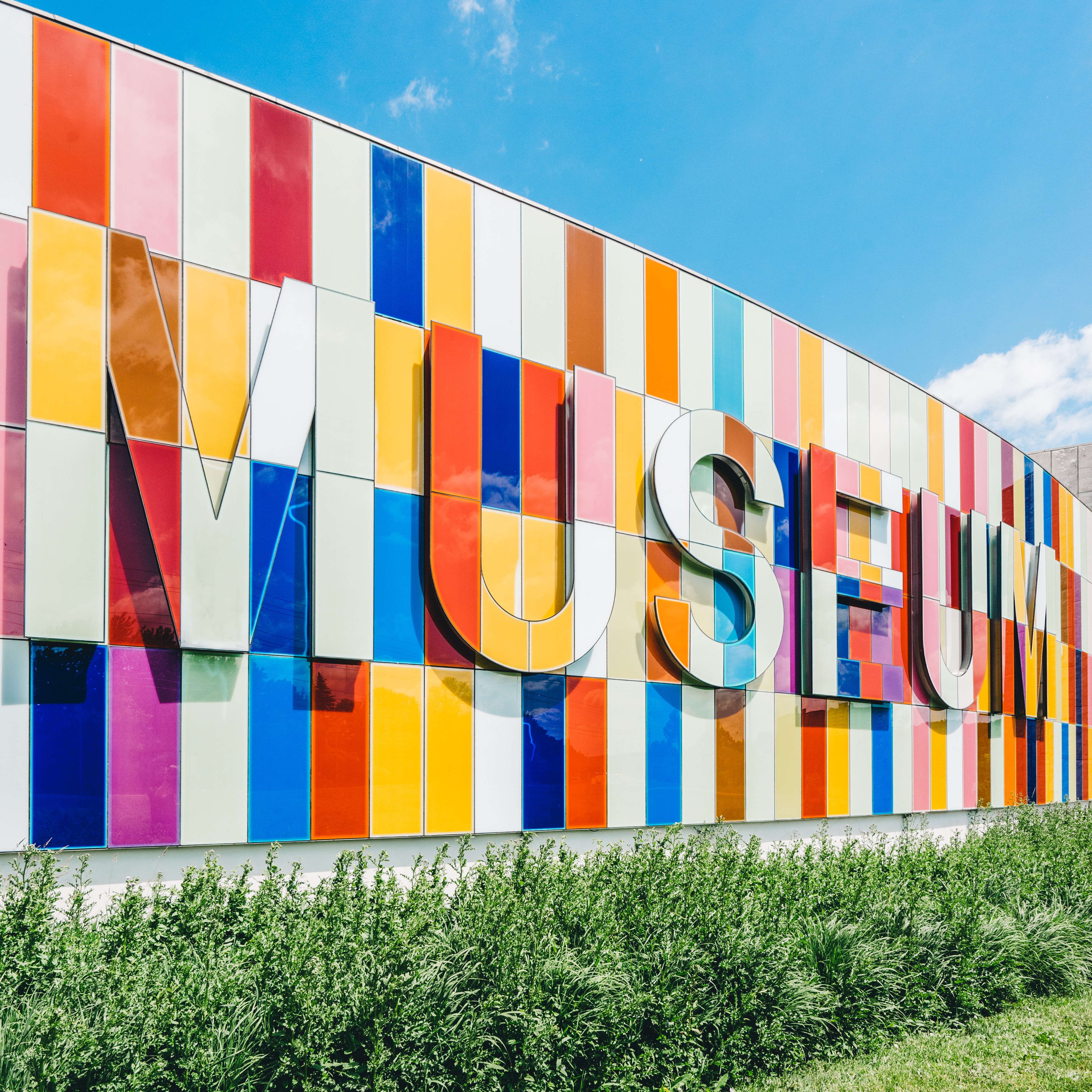3.1 Changing Notions of Museum Narrative and Audiences
3.1.1 What is a Museum For?
This unit was authored by Emilie Sitzia with the assistance of Yannis Prosalentis and Stephanie Ochiel.
When you enter a museum, what do you expect to see? What kind of information do you expect to receive and most importantly, what do you want to take away from your museum experience? These are the types of questions that museums curators ask themselves, in order to understand their audiences. As we have already seen in Unit 1, storytelling does not necessarily only entail spoken words or words written on a physical medium. One of the earliest examples of this are cave paintings, dating back to over 50,000 years ago. No words, just images conveying a scene depicted in figurines.
Throughout this lesson, you will begin to understand the role of storytelling, one of the museum's core functions. This includes shifting ideas of authority, understanding museum audiences and ultimately, new museum narratives. But before we dive into the material, take a look at the exercise below and see if you can identify the roles that a museum has.
 |
|
*caption* |
Interestingly, all these terms are common in discussions around the role of the museum especially within ICOM (International Council of Museums). Leslie Bedford accurately explains the one thing most museum professionals and audiences agree on:
While the mission, content, and methods of museums will continue to be evaluated and revised, there is one aspect of their work that will always be “the real thing” and that is storytelling. (2001, 27)
References
- Bedford, L. (2010). Storytelling: The Real Work of Museums. Curator: The Museum Journal, 44(1), 27-34. https://doi.org/10.1111/j.2151-6952.2001.tb00027.x

